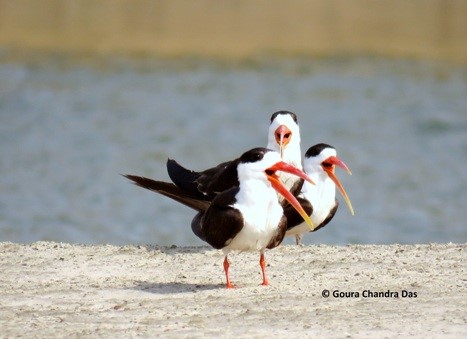Free Courses Sale ends Soon, Get It Now


Free Courses Sale ends Soon, Get It Now



Disclaimer: Copyright infringement not intended.
Context: Godavari estuary has become prime habitat for Indian skimmers: expert.
Details:
The Godavari estuary:
https://epaper.thehindu.com/Home/ShareArticle?OrgId=G8SAOA0R8.1&imageview=0
© 2024 iasgyan. All right reserved